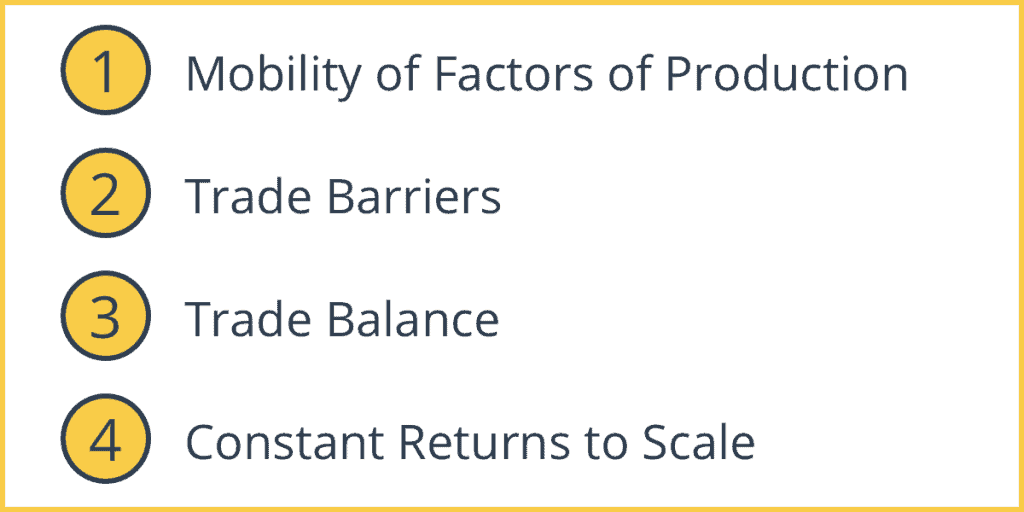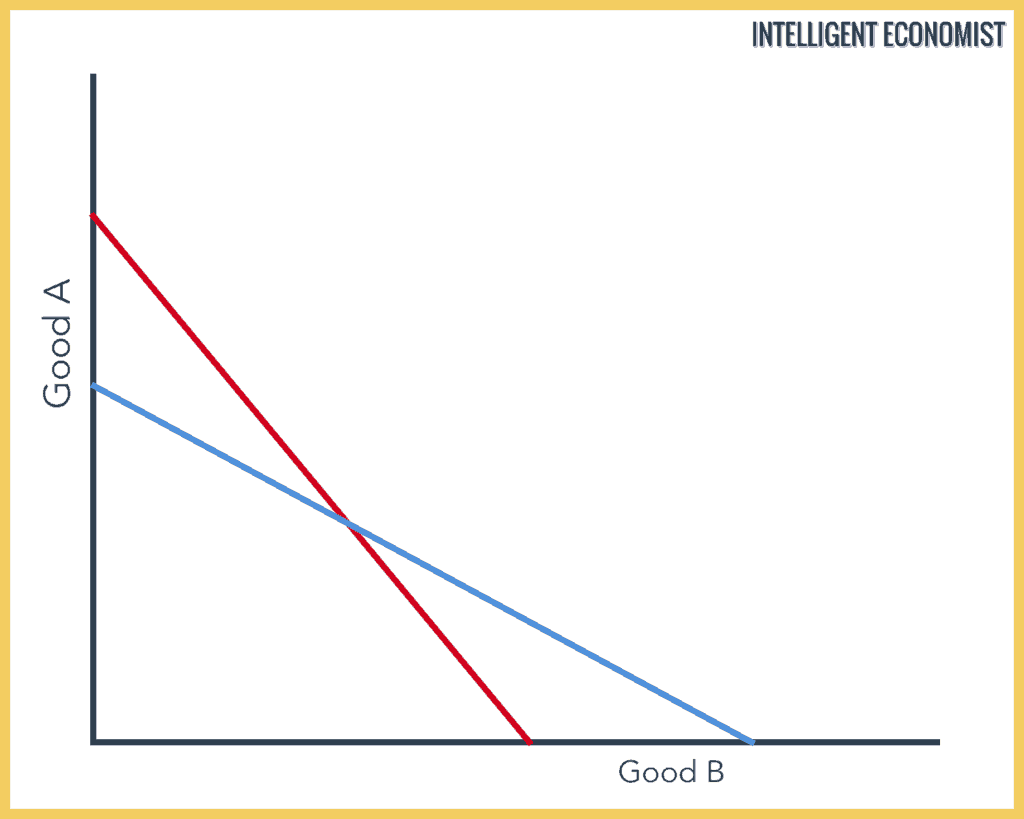According to Adam Smith, who is regarded as the father of modern economics, countries should only produce goods in which they have an absolute advantage. An individual, business, or country is said to have an absolute advantage if it can produce a good at a lower cost than another individual, business, or country.
Furthermore, when a producer has an absolute advantage, it also means that fewer resources and less time are needed to provide the same amount of goods as compared to the other producer. This greater overall efficiency in production creates an absolute advantage, which allows for beneficial trade—this is because producers are able to specialize and then, through trade, benefit from other producers’ specialization.
Assumptions Underlying the Theory of Absolute Advantage

The idea of absolute advantage rests on a number of assumptions on the part of Adam Smith. While influential and insightful, the theory of absolute advantage is not always entirely accurate because many of these fundamental assumptions are in fact not true in practice. Here are the most significant of these assumptions:
1. Lack of Mobility for Factors of Production
Adam Smith assumes that factors of production cannot move between countries. This assumption also implies that the Production Possibility Frontier of each country will not change after the trade.
2. Trade Barriers
There are no barriers to trade for the exchange of goods. Governments implement trade barriers to restrict or discourage the importation or exportation of a particular good.
3. Trade Balance
Smith assumes that exports must be equal to imports. This assumption means that we cannot have trade imbalances, trade deficits, or surpluses. A trade imbalance occurs when exports are higher than imports or vice versa.
4. Constant Returns to Scale
Adam Smith assumes that we will get constant returns as production scales, meaning there are no economies of scale. For example, if it takes 2 hours to make one loaf of bread in country A, then it should take 4 hours to produce two loaves of bread. Consequently, it would take 8 hours to produce four loaves of bread.
However, if there were economies of scale, then it would become cheaper for countries to keep producing the same good as it produced more of the same good.
Absolute Advantage vs. Comparative Advantage
Both absolute advantage and comparative advantage are enormously significant concepts for understanding how international trade works. Both nations and the firms residing within them make many of their decisions about resource allocation (which goods should be allotted more or fewer resources for production) based on assessments of absolute and comparative advantage.
The two concepts are undoubtedly related but are also distinct. Absolute advantage refers to situations wherein one firm or nation can produce a given product of better quality, more quickly, and for higher profits than can another firm or nation. Comparative advantage, by contrast, looks at international trade more broadly—it accounts for the opportunity costs of choosing to manufacture multiple kinds of products using finite resources.
Adam Smith had believed that absolute advantage was a necessity for beneficial trade. The theory of comparative advantage was developed by David Ricardo, who built on Adam Smith’s work to argue that, in fact, a country doesn’t have to have an absolute advantage for beneficial trade to occur.
Absolute Advantage Example
In our absolute advantage example, we assume that there are two countries, which are represented by a blue and red line. They are called Blue Country and Red Country respectively.

To keep things simple, we also assume that only two goods are produced. They are Good A and Good B. From the table below, we can determine how many hours it takes to create one product.
Consider this table, which gives hours required to produce one unit of Good A and Good B by Blue and Red country:

The Blue country has an Absolute Advantage in the production of Good A (2 hours). Blue county has an absolute advantage because it takes fewer hours to produce a unit of Good A than Red country, which takes 10 hours.
Red Country takes fewer hours to produce Good B (4 hours). Therefore Red Country has an Absolute Advantage in the production of Good B.
As a result, Blue Country will be better off if it specializes in the production of Good A.
Red Country will be better off if it specializes in Good B.
As you can see from our example, it makes sense for businesses and countries to trade with one another. All countries engaged in open trade benefit from lower costs of production.


Very simply and clearly explained (my specific interest was in absolute and comparative advantage).